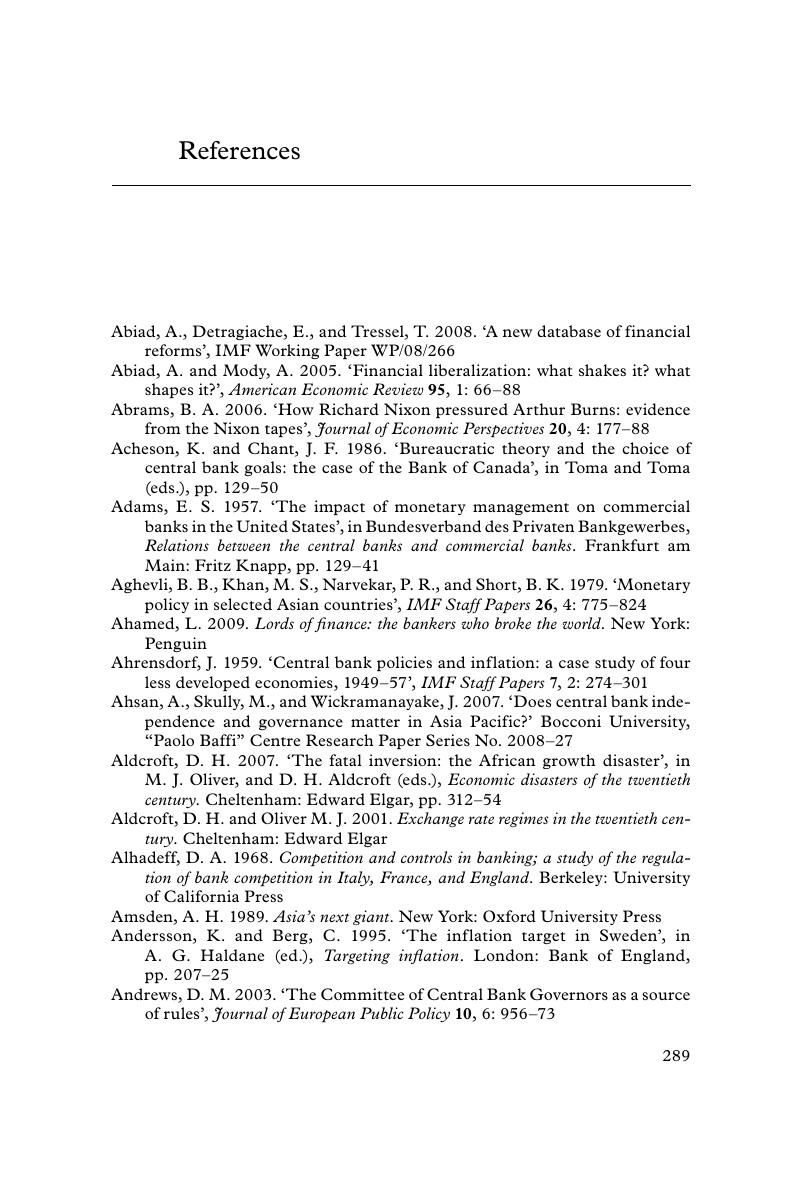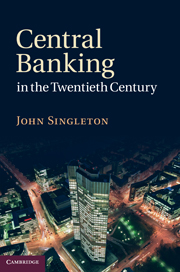Book contents
- Frontmatter
- Contents
- List of illustrations
- Acknowledgements
- List of abbreviations
- 1 A beginner's guide to central banking
- 2 Very boring guys?
- 3 Wind in the willows: the small world of central banking c. 1900
- 4 Something for everyone: new central banks, 1900–1939
- 5 A series of disasters: central banking, 1914–1939
- 6 The mysteries of central bank cooperation
- 7 The first central banking revolution
- 8 No time for cosmic thinkers: Central banking in the ‘Keynesian’ era
- 9 Rekindling central bank cooperation in the Bretton Woods era
- 10 The goose that lays the golden egg: Central banking in developing countries
- 11 The horse of inflation
- 12 The second central banking revolution: Independence and accountability
- 13 Reputations at stake: financial deregulation and instability
- 14 Inflation targeting: the holy grail?
- 15 The long march to European monetary integration
- 16 A world with half a million central bankers
- References
- Index
- References
References
Published online by Cambridge University Press: 04 February 2011
- Frontmatter
- Contents
- List of illustrations
- Acknowledgements
- List of abbreviations
- 1 A beginner's guide to central banking
- 2 Very boring guys?
- 3 Wind in the willows: the small world of central banking c. 1900
- 4 Something for everyone: new central banks, 1900–1939
- 5 A series of disasters: central banking, 1914–1939
- 6 The mysteries of central bank cooperation
- 7 The first central banking revolution
- 8 No time for cosmic thinkers: Central banking in the ‘Keynesian’ era
- 9 Rekindling central bank cooperation in the Bretton Woods era
- 10 The goose that lays the golden egg: Central banking in developing countries
- 11 The horse of inflation
- 12 The second central banking revolution: Independence and accountability
- 13 Reputations at stake: financial deregulation and instability
- 14 Inflation targeting: the holy grail?
- 15 The long march to European monetary integration
- 16 A world with half a million central bankers
- References
- Index
- References
Summary

- Type
- Chapter
- Information
- Central Banking in the Twentieth Century , pp. 289 - 326Publisher: Cambridge University PressPrint publication year: 2010



